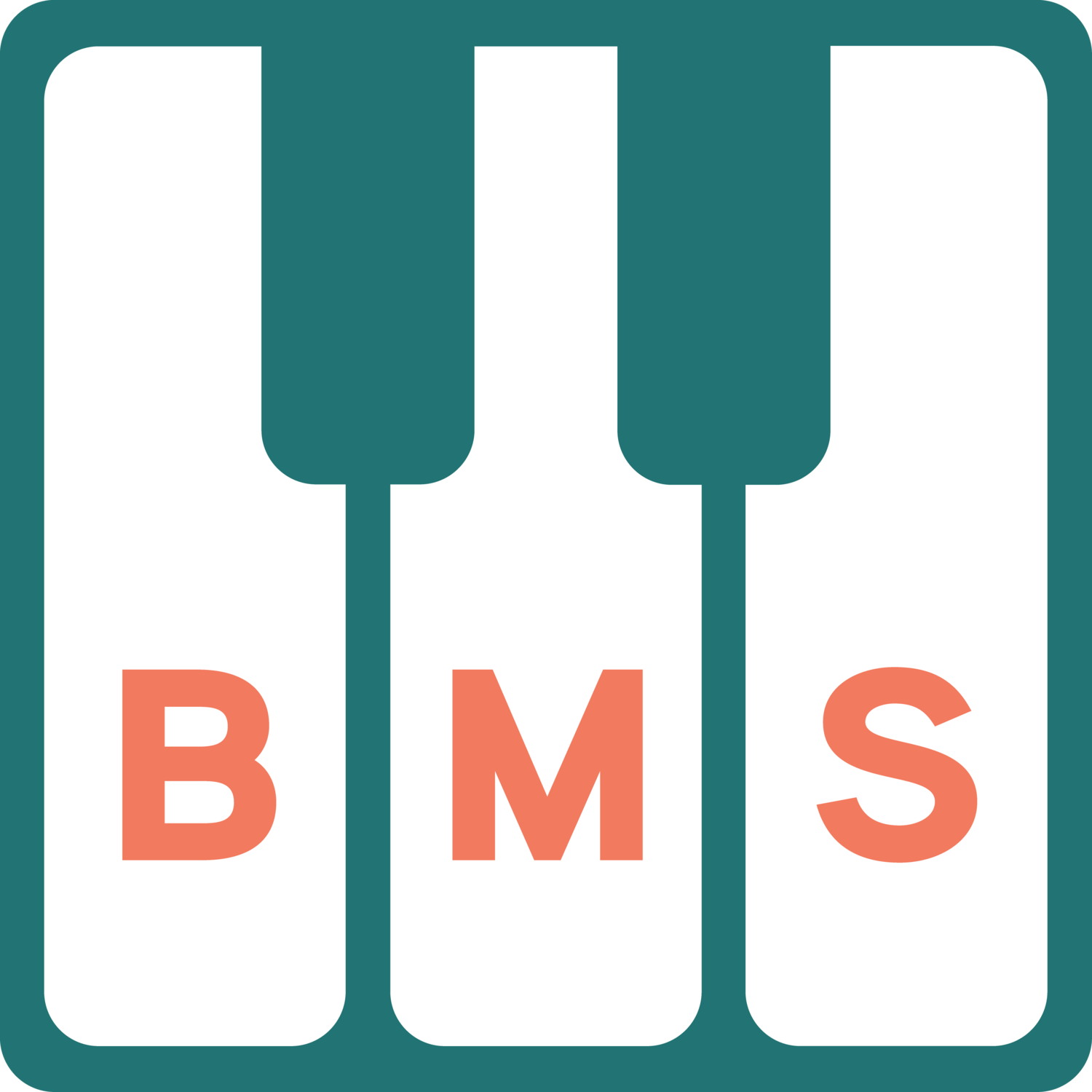Piano Warm-ups
I am sure that if you have ever taken piano lessons before, or if you are just starting, at some point you are going to learn how to play scales, chords, and arpeggios in some shape or form. There is a good reason for this! Although they are sometimes not the most thrilling aspect of playing the piano, these three fundamental exercises help to build a lot of finger strength, coordination, and playing in several different keys more accessible.
I want to also mention that there are a ton of different methods and approaches to developing piano technique. What I am referring to here is predominantly universal in some capacity, to most of these methods. There is a lot more to developing good technique than just these exercises, but they do serve as a great starting point that can strengthen and improve a wide range of techniques for piano playing.
Developing finger strength is extremely important for playing piano. Now, this doesn’t happen on the same scale as lifting weights to build your arm muscles, the muscles that move the fingers are considerably smaller. Perhaps more importantly, it is not necessary to hammer down on the key with tremendous strength, it is more about developing independent finger strength and dexterity. Playing through scales, chords, and arpeggios can help you to create a smooth legato sound, by keeping everything very even and connected. All of our fingers need to have the strength and control to achieve this, so that your playing doesn’t have notes that are unintentionally louder and break the evenness of your sound.
Alongside strength, dexterity, and control, you will also build coordination between the hands. The vast majority of us have one dominant hand, which will probably have an easier time doing certain things on the piano than our non-dominant hand. As a right-handed person it can sometimes feel like certain pieces or exercises are just about getting my left hand to keep up with my right hand. Although the imbalance will probably always be there, learning to manage that imbalance, and still being able to play evenly between the two hands is as important as it is challenging. A basic exercise like a scale, or chord, is a great way to develop that balance, in a repetitive way that over time will greatly increase your coordination and allow you to stop worrying so much about trying to get the other hand to “catch up.”
Finally, familiarity with musical keys when you are playing predominantly western-style music will not only make the pieces you are learning easier, it will also make learning new pieces easier. If you are looking at a piece in the key of D-flat major for the first time, if you already have a working knowledge of the key of D-flat major you’ll have a much easier time sight reading through that key. Especially in a key where 5 of the “8” letter name notes are going to be affected by that key signature. Playing through the scales will allow you to anticipate the notes you will most likely end up playing in this key. The chords will help your hand shape adjust to fit more comfortably within the context of this key, like moving your fingers further into the keys when they need to. The arpeggios will help you move your hands across the keyboard, and make any leaps a lot easier.
So while scales, chords, and arpeggios may not seem like a ton of fun after a while, they do serve a very important purpose. Playing through them attentively, and paying attention to these aspects will help develop the strength, dexterity and coordination faster, than if you were to absent-mindedly plow through them. Of course one thing I really like getting my students to do when they are able to, is trying to combine these exercises into one big thing. Pick a key, play the chords in the left hand, while the right hand plays a one-octave arpeggio. Or you can even just improvise a melody while the left hand plays an arpeggio. Then change keys and keep it going. The more creative freedom you have, while still building these important skills the better! You will listen better to the sound you create, and also learn how to make different sounds. So the next time you go to practice your scales, try something new, pay attention to what your hands are really doing, be specific about how you are using your fingers. Make sure you really take away what you need from these exercises rather than shutting your brain “off” to just “get through it.”

DISCLAIMER
I am not a medical doctor. These posts are all anecdotal, based on experiences through my own learning, understanding and teaching. My musical knowledge is based primarily in the Western classical tradition, which by no means defines the only perspective to learn and understand music.

